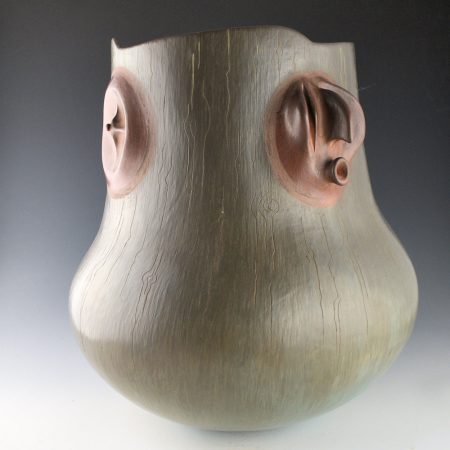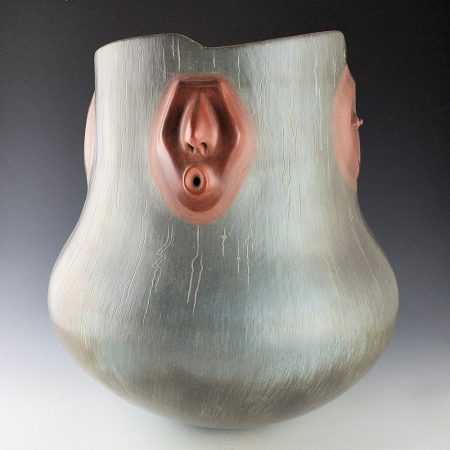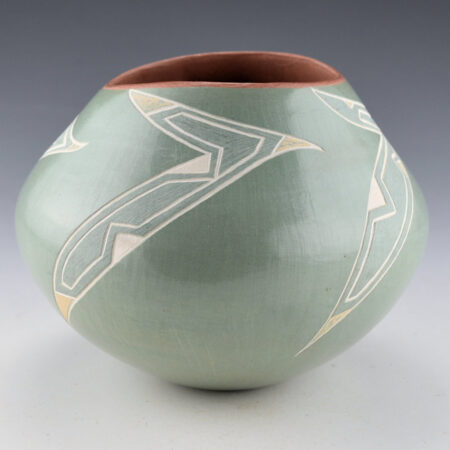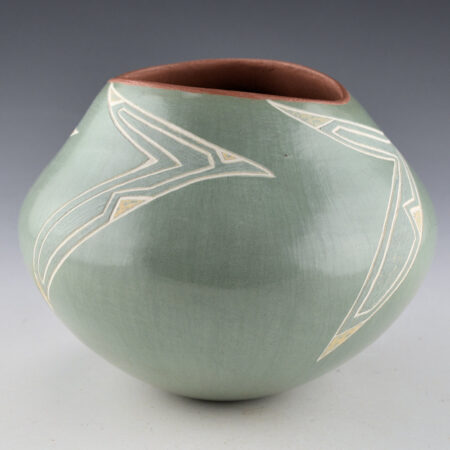For thousands of years the Cree were thinly spread over much of the woodland area that they still occupy, then northern plains and Canada. After the arrival of Europeans, participation in the fur trade pushed Swampy Cree into the Plains. During this time many Cree remained in the boreal forest and the tundra area to the north, where a stable culture persisted. They lived by hunting moose, caribou, smaller game, geese, ducks and fish, which they preserved by drying over fire.
They travelled by canoein summer and by snowshoes and tobogganin winter, living in conical or dome-shaped lodges, clothed in animal skins and making tools from wood, bone, hide and stone. Later, during the fur trade period, they traded meat, furs and other goods in exchange for metal tools, twine and European goods. Plains Cree exchanged the canoe for horses, and subsisted primarily through the buffalo hunt, and developed cultural practices, like the Sun Dance, separately from their Subarctic relations.







